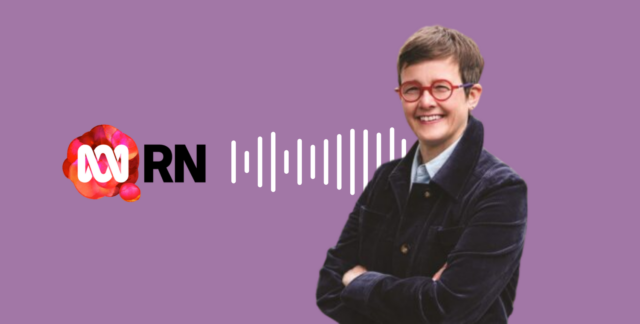“But what should we actually do to make equity a reality?”
SAGE is often asked this very important question by our colleagues in higher education and research. What are the best practices for making change, and how do we implement them widely?
As a sector, we know that a systemic approach to dismantling equity barriers is the key to transformative change. But we need to know exactly what actions and interventions in the Australian context are doing that effectively.
As organisations earn SAGE Cygnet Awards, that evidence base is now emerging—fast.
Each SAGE Cygnet Award represents a step forward through the Athena Swan framework, marking milestones in an institution’s progress from the Bronze Award up to the next level, Silver.
Every Cygnet Award demonstrates and reports on an organisation’s efforts, progress, and analysis, and shares invaluable learnings and insights.
What does it take to effectively demonstrate your EDI success in a Cygnet application?
The SAGE team conducted an evaluation of the peer review process of all the applications made for Cygnet Awards over the first 12 months of review. We delved deep into the feedback provided by peer reviewers, uncovering some valuable insights that can help future applicants succeed.
The standout applications shared some common threads:
- They were clear, comprehensive, and inclusive.
- They clearly articulated of their implementation strategies and presented robust evidence of outcomes and impact.
- Intersectionality and inclusivity were genuinely embedded in their approach—not mere buzzwords but guiding principles.
- They featured crystal clear methodologies, and strong governance structures, reflecting a commitment to transparency and accountability.
- They looked not only to the present but also to the future, weaving reflections on challenges and future intentions into their narratives.
What didn’t work
While a commendable 32% of applicants for a Cygnet Award secured success on their first try, the majority faced a hurdle—their applications requiring revisions, additional information, and in a couple cases, a complete resubmission.
Applications that sought revisions often had features in common:
- They struggled to articulate the connection between their actions, outcomes, and impact.
- The narrative lacked depth and honest self-reflection, leaving reviewers longing for more insights into the journey and the lessons learned along the way.
- Data, while present, lacked granularity and an intersectional lens—reviewers requested a deeper dive into the numbers, and intersectional breakdowns that would clarify the nuances of outcomes and impact.
More tips for a successful application
Armed with these insights, we pulled together some practical tips for future applicants—a compass to confidently navigate the Cygnet Awards terrain.
Our new Guide to A Successful Cygnet Application offers an easy-to-read, one-page document packed with tips and tricks to help organisations ensure that your progress is analysed and communicated effectively.
The Guide particularly encourages clarity and context, detailed methodology, meaningful data insights, a demonstration of inclusivity, and transparency and reflection. The tips also emphasise the importance of storytelling, guiding applicants to go beyond the numbers and provide a cohesive narrative that ties everything together.
Ultimately, the SAGE Cygnet Awards are not just about recognition—they’re about fostering meaningful progress towards a more equitable future. By heeding these insights, applicants can navigate their way towards success and contribute to a more inclusive landscape for all.
Download the Guide to A Successful Cygnet Application.



